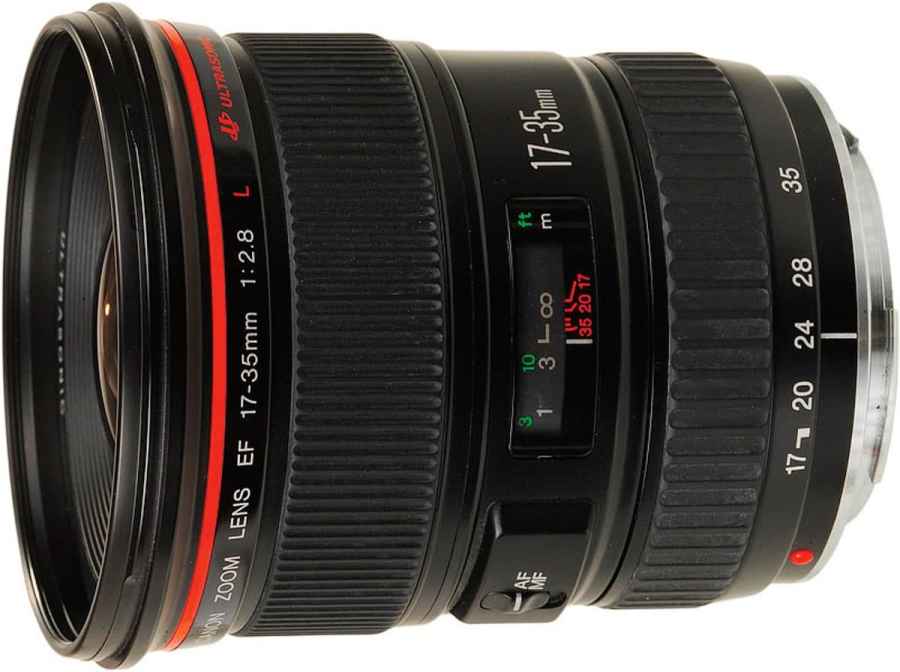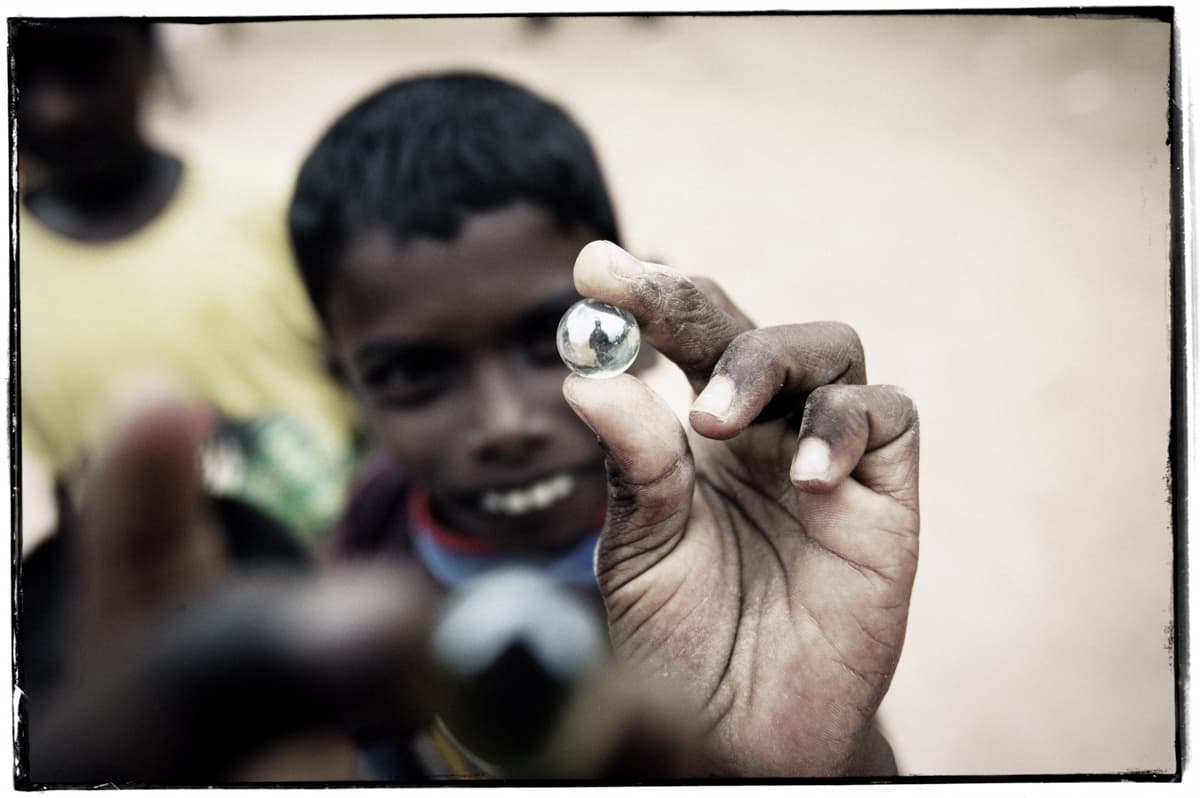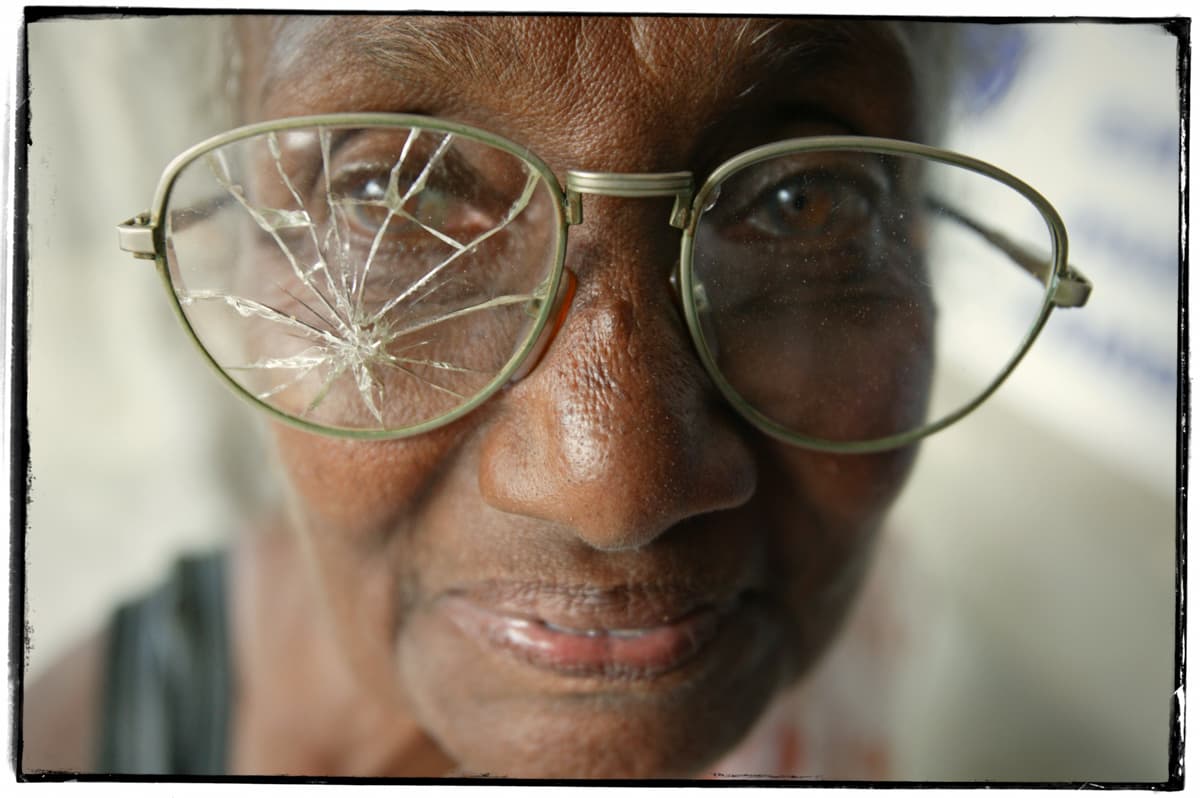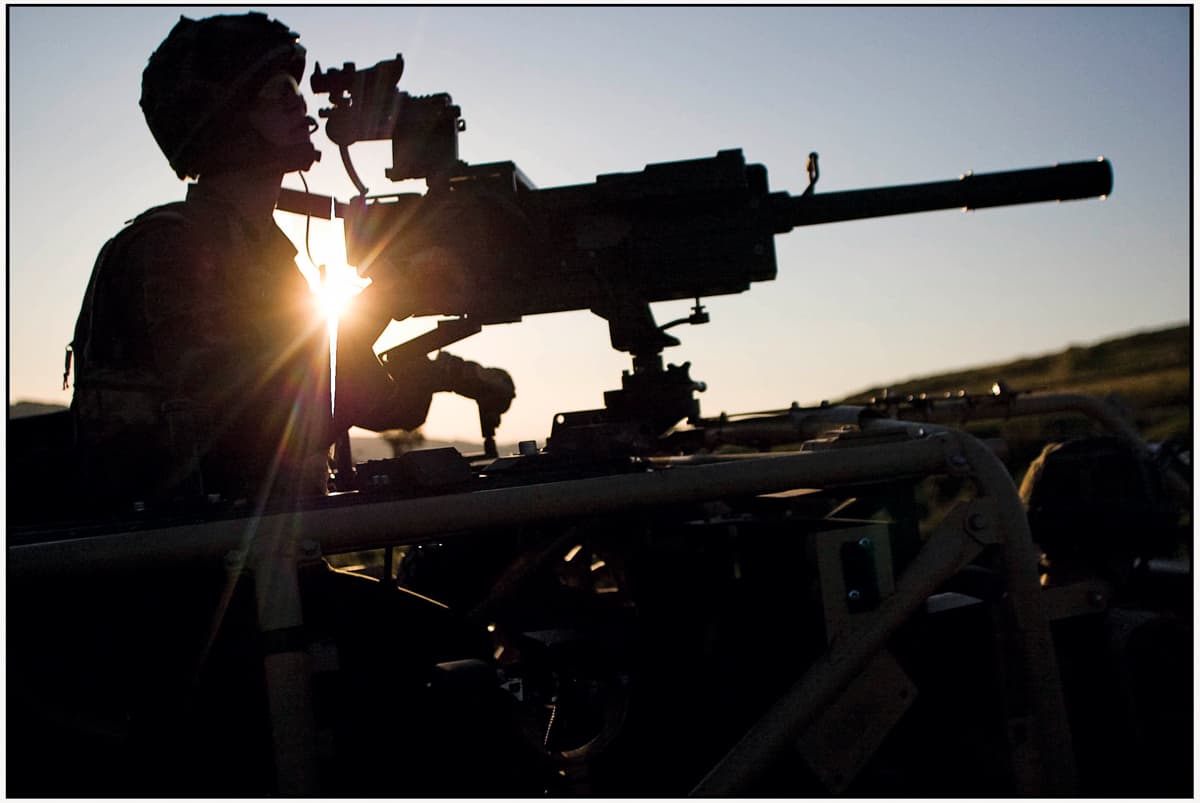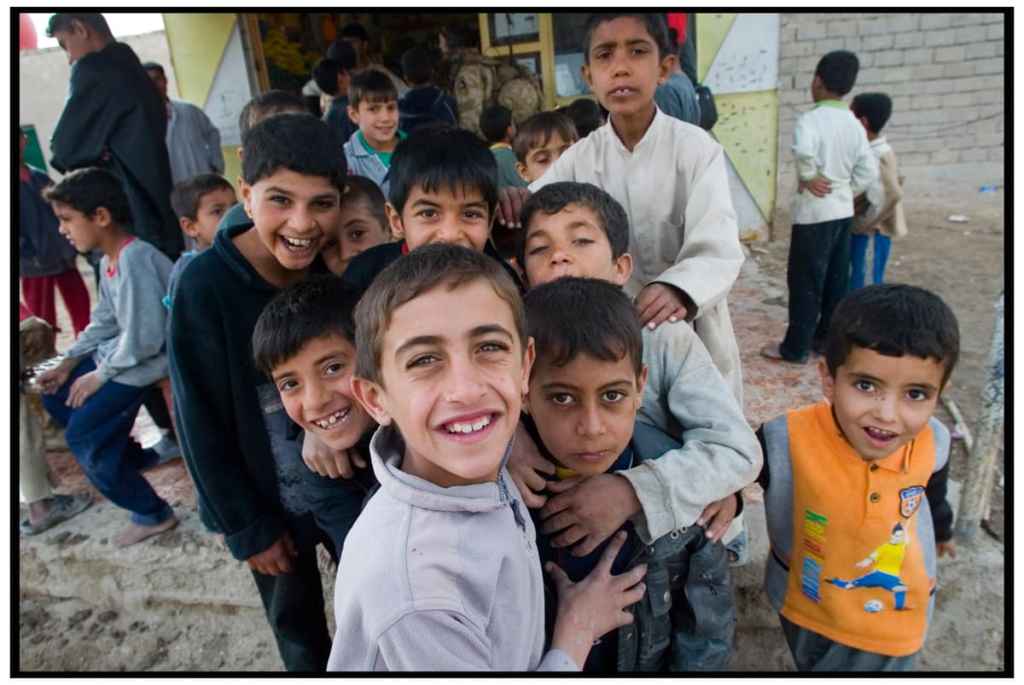Cameras come and cameras go – although in my case, they don’t. You see, my house has become a bit of an elephant’s graveyard for used kit. Here, it seems, old cameras come to die. And so a cluttered collection litters my home.
Imagine a huge bag has been stuffed beyond bursting point, scattering its photographic shrapnel far and wide. Now you have a picture of chez Blackmore. Peeling Hasselblad XPan cameras jockey for space with scuffed Kodak DCS 520 doorstops, icky sweat-stained body armour and a veritable iron ‘chicken’s nest’ of lighting stands.
All of which is a long-winded way of saying that, by nature, I am not a tidy person. When I was but a tiny spanner in the well-oiled machine that is a picture desk, the state of my little slice of heaven was a source of constant annoyance to many a picture editor. I never summoned up the courage to quote Albert Einstein, ‘If a cluttered desk is a sign of a cluttered mind, of what, then, is an empty desk a sign?’
So it may come as a bit of a surprise if I tell you I’m anally retentive over the contents and packing of my camera bag. There is a place for everything, and everything must be in its place. It takes me days. I pack, unpack and repack. What case shall I use? How many, and what, lenses can I take? What bodies are best suited? Do I need body armour? What clothing do I pack? What underpants are required – cotton or Aertex? Decisions, decisions.
To help, I have a laminated plastic packing sheet, cobbled from a list the Army once provided. And as I pack, I tick off each item as it goes in the bag – sad or what?
More a lens man than a camera body man when it comes to kit, I’m not that fussy and I’ll use whatever camera comes my way. I have, and still occasionally use, a pair of hand-me-down original Canon EOS-1Ds. Yes, they are old and by today’s standards the file size is minuscule, but they cost me a not-so-small fortune and I can’t bear to see them fetch the price of a packet of crisps on eBay. Bruised and battered they may be, but they have been all around the world. Never one to dwell on my images that much, they make perfect reminders of the things I’ve seen and done – of a life I never, ever imagined I’d have.

17th annual Bulldog Bash at the Avon Park Raceway, Stratford upon Avon, England. Image credit: Andy Blackmore
I still can’t believe the smorgasbord of experiences I’ve devoured. Almost paying for my house, and until recently providing a slightly-more-than-living wage, it’s also made me a multi-millionaire in thrills. And while these may not pay the bills, they do help me rationalise that the sacrifices have been worth it. Experiences that, for some, would provide a lifetime of scintillating after-dinner conversation are becoming but dim memories. Each overwritten by the last exciting exploit, I’m no more accomplished or lucky than my peers, but I am fortunate enough to realise that it’s the nature of this profession, that in adventures it makes us wealthy beyond our wildest dreams.
2004 Boxing Day tsunami
Anyway, let’s get back to my geriatric EOS-1D models. To say they were gas-guzzlers was an understatement. Packing issues were caused not so much by the physical size of the cameras, but by the number of batteries needed to sustain a day’s shooting. It’s all very well topping up batteries after a quick grip and grin at Downing Street, but a very different matter asking the patrol leader while in Afghanistan if he or the village elder knows where there is a three-pin 240-volt power supply you can use for half an hour to give the batteries a quick charge. Mind you, forget the cameras – there have been some times on assignment when I could have done with having my batteries recharged.
One such incident occurred when I was in Sri Lanka shooting with the subject of this piece, my Canon EF 17-35mm f/2.8L USM. Apologies, I agree it’s a bit nebulous, but bear with me. I’d been sent to the island by Metro to cover the 2004 Boxing Day tsunami. One morning I’d been feeling a bit odd. I huffed and puffed my way along the beach, accompanied by profuse sweating and strange sensations of detachment. I put these feelings down to emotion – it being the scene of the tsunami, where as many as 1,700 people were estimated to have lost their lives. I’d assumed that, and my walk in the midday sun, was making me feel queasy.
I started shooting, working my way along of a line of refugees waiting for treatment at the Peraliya camp, a refugee centre set up by an amazing bunch of volunteers from all around the world. The nurse Alison Thompson and one of the founder members of the band of intrepid helpers beckoned me over. I thought, here we go, she’s about to give me grief for photographing an old woman in cracked spectacles. Instead, she insisted that I jump the queue and step inside for treatment! Indoors, and despite my protestation, my temperature was taken, which almost went off the scale. Seemingly, I’d picked up a chest infection – no wonder, given the dust and what it comprised, due to the number of decomposing bodies in the area.
Pretty soon, I came to the conclusion that lugging a vest full of batteries around to keep those insatiable EOS-1Ds juiced-up was impracticable. Anyway, as my career progressed, the various bodies at my disposal increased thanks to my prodigious ‘blagging’ skills. So, I was mostly able to borrow cameras for my foreign assignments – sadly, I cannot say the same for lenses. Now, my favourite lens is, and always has been, the Canon EF 20mm f/2.8 USM – for no other reason than it’s the closest thing to a Leica 21mm f/2.8 Asph on the Canon system.
While in the UK I tend to use this old chap when I can, I’ve found that in the digital space, with all the extra kit you need – laptop, power cables, and so on – prime lenses are a luxury I can ill afford when trying to save weight and space on a foreign trip. That, and at times not being able to shoot on a full-frame camera, means for much of the time it has been replaced by my second-favourite lens of all time, the Canon EF 17-35mm f/2.8L USM.
It’s a cracking, well-made piece of glass, but it’s a lens that has to fight for luggage space with a few of the other not-so-welcome constants to all my previous photographic expeditions. Alongside that marvellous piece of kit there are a few stowaways, such as a huge lack of self-confidence and, of course, their travelling companion – fear.
It’s not so much that I’m fearful of death, or that something terminal will occur – although the thought does cross your mind. I don’t worry the equipment might fail, more that I will. All my shots will be codswallop, and everyone will realise that I’m a talentless fraud who has been promoted well above his pay grade. There is also another thought that tap-dances across my mind – that something might occur to prevent me sharing all the amazing things that have happened with my partner. It’s almost like they are not real until I’ve shared the exploits with her. But they say we make our own luck, and if so, this is the lens that helps me do it.
Canon EF 17-35mm f/2.8L USM – The multi-tool of lenses
The other item that’s always found either on my belt or in my bag is my original Leatherman PST multi-tool. This much-prized gift from a long-dead photographer I assisted a lifetime ago has travelled the world with me. It’s worth it’s weight in any precious metal you care to mention as it has got me out of the doggy-doo more than once.
In its secondary role as a paperweight, in some ways my faithful Canon EF 17-35mm f/2.8L is almost the multi-tool of lenses. It’s not a specialist lens like my criminally underused 200mm Rodenstock Tiefenbildner Imagon lens, but rather a jack-of-all-trades, like my trusty Leatherman. It’s there when I need it to get me out of trouble. At f/2.8 it’s a fast lens, which I suppose is one of the most important factors. In fact, I take having a fast lens so much for granted that I almost forgot to mention it. For me, normality is aperture priority, set at around f/8 or f/11, and thankfully I can open up to f/2.8 when I need to. It always comes as something of a shock when I find myself using anything slower. How you can cope with an f/4 on anything other than a specialist bit of gear is beyond me.
It’s wide enough to cope with most things, yet has the punch to zoom in on the details as and when you need it. It’s fairly distortion free, especially when zoomed in to the longer focal lengths, which I suppose is sort of a good thing. I love distortion and I tend to think of it as your friend rather than something to be avoided. It’s one of the foibles that so endears a lens to me. Often, as I do with the 17-35mm, I will tilt the lens at an angle to the horizontal in order to get the maximum amount of glass between the subject and me and so achieve more distortion. Did I mention that I love distortion?
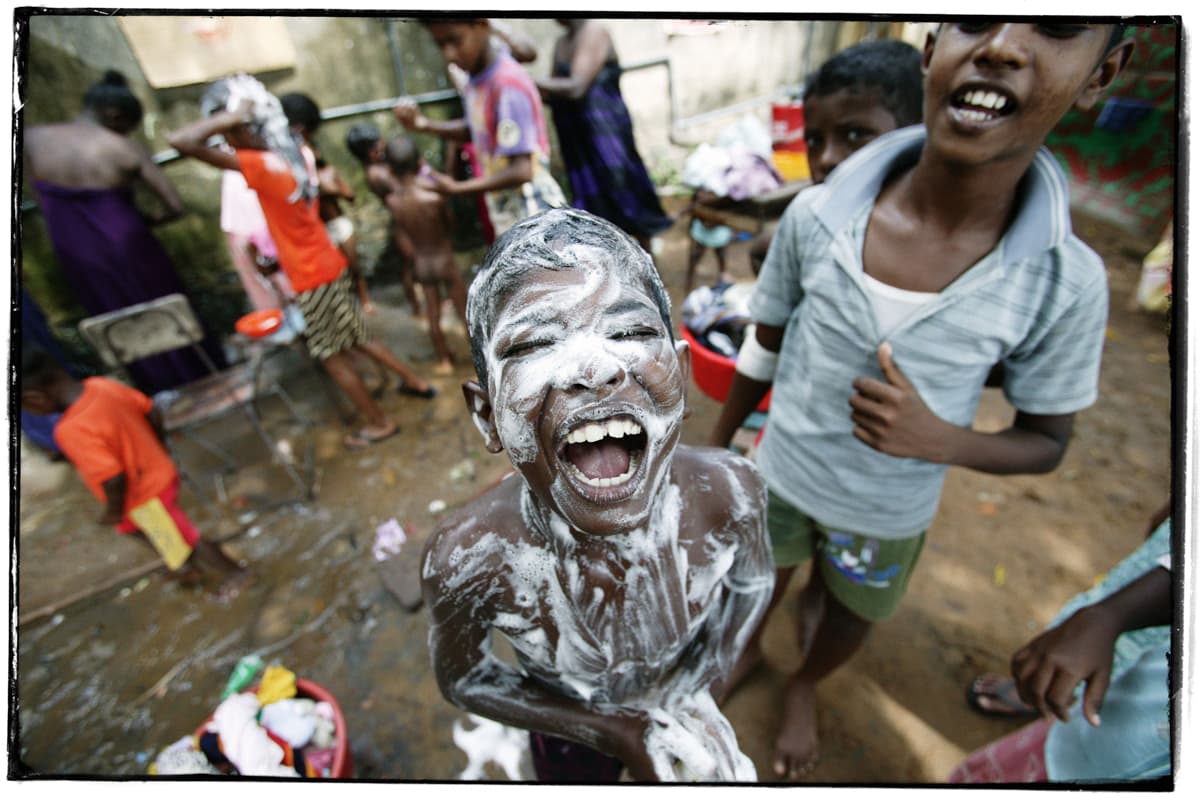
Canon EF 17-35mm f/2.8L USM – A perfect fit
If a lens could be like a comfy pair of slippers, then the Canon EF 17-35mm f/2.8L is it – old, warm, comfortable and about to fall to pieces. It fits me perfectly. Like a cantankerous old friend, you put up with its faults because you have grown to love it – the friend, that is, not the faults. Most of the time the focus is precise, smooth and quiet (it’s getting on a bit now, and since I’ve been informed spare parts are not available I fear its days are numbered). Long past its prime, it’s no longer pin-sharp, it’s as we say in the business ‘newspaper sharp’. But it balances and complements any body it’s married with. When mounted on the Canon EOS-1D Mark IV, it forms a perfectly poised combination. The lens also has just the right amount of travel in the zoom for perfecting zoom bursts.
In the course of researching this piece, I came across a nugget of information that quite shocked me – a bit like discovering a dark secret of an old chum. Apparently, ‘the drop-in gelatin filter holder at the rear can hold three filters’. This had me feverishly removing the rear cap to disprove this fact, and you know what? They were right. Who says you can’t teach an old dog new tricks?
As I tend to shoot with the camera resting in my hand, rather than hanging on the strap between shots, I love the way this lens adds balance and sits in my palm. At 545g it’s not too heavy, which can be a real issue given my shooting style and an old shoulder injury caused by an argument with my motorbike and a van.
I love the Canon EF 17-35mm f/2.8L lens. It’s my first port of call, it’s a lens I trust and, to date, it’s never let me down, despite some of the punishment it’s had to endure. It’s been dropped when I grabbed an open bag and sent it clattering across the concrete. It coped fantastically with the horrendous humidity in Sri Lanka, which is more can be said for the CDs I had to store data on back then. I lost so much work when the CDs delaminated on my return to the UK.
This lens has never failed, even with dust a constant concern in Iraq and Afghanistan. Even when I’ve been after that elusive perfect helicopter shot, and been too stupid to duck, it’s received a thorough shot-blasting every time I’ve photographed a chopper. To be honest, as I was shooting a Chinook making a tactical landing at the Helicopter Landing Zone in Musa Qala, Afghanistan, it was more pebble-dashed than shot-blasted!
It has even survived the best efforts of the RAF to destroy it – faring far better than many of my newer lenses and flashguns. On the way back from Camp Bastion, despite clearly marking my gear and setting it aside to travel in the fragile tin before boarding the Hercules, the RAF load handlers, in their infinite wisdom, decided that it would be best if it made its way back to UK at the very bottom of a pallet, squashed under tons of heavy kit.
Perhaps because I’m now an old curmudgeon, I’m not always a fan of change for change’s sake. If you want one of these lenses new, forget it. It’s been replaced by the Canon EF 16-35mm f/2.8L II USM lens and that has subsequently been replaced by the EF 16-35mm f/2.8L III USM, which is 245g heavier than my lens. Given the state of my shoulder, weight has become a real bugbear for me. It saddens me that my 17-35mm f/2.8L lens is no longer made, and can only be bought secondhand (for around $590/£415). Think of a 1964 Rolex Daytona watch or a Buell Ulysses motorbike: these are classics, neither of which I own, but I wish I did. And if all my lenses were about to fall overboard and I was forced to save only one toy from the toy box, the Canon EF 17-35mm f/2.8L USM would be it.
What are the alternatives to the Canon EF 17-35mm f/2.8L USM?
While the Canon EF 17-35mm f/2.8L USM is discontinued, it can be bought secondhand for around $590/£415 depending upon condition. If you’re in the market for a new lens, however, the Canon EF 16-35mm f/4L IS USM ($1,299/£1,389) or EF 16-35mm f/2.8L III USM ($1,999/£2,199) could fit the bill. At 640g and 790g respectively, they are heavier than the EF 17-35mm f/2.8L USM, but they are both optically very good and offer an extra 1mm at the wide end of the zoom range – which is more significant than it may sound. For more options have a look at the best Canon EF lenses.
All images: Andy Blackmore
Follow AP on Facebook, Twitter, Instagram, YouTube and TikTok.

